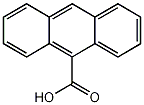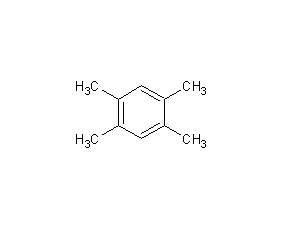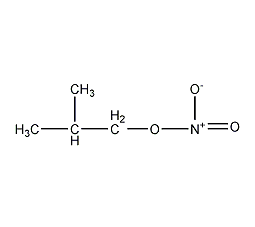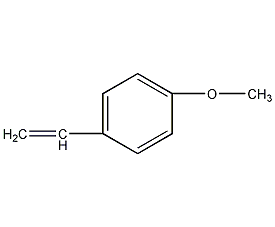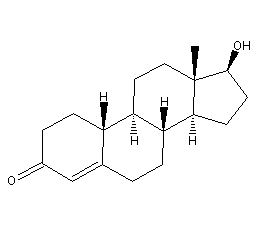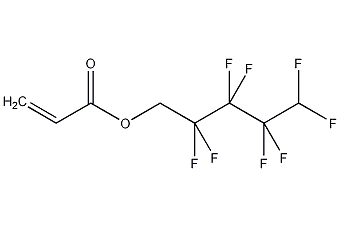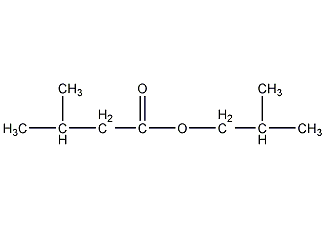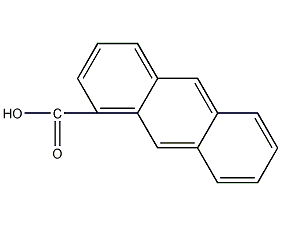2-nitrofluorene
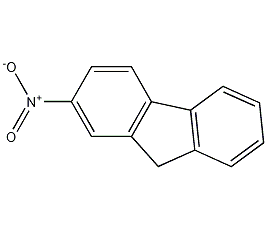

Structural formula
| Business number | 069P |
|---|---|
| Molecular formula | C13H9NO2 |
| Molecular weight | 211.21 |
| label |
β-nitrofluorene |
Numbering system
CAS number:607-57-8
MDL number:MFCD00001117
EINECS number:210-138-5
RTECS number:LL8225000
BRN number:None
PubChem number:24897517
Physical property data
Physical property data:
1. Character: yellow needle crystal
2. Melting point156℃
Toxicological data
None
Ecological data
3. Ecological data:
1, other harmful effects: This substance may be harmful to the environment, special attention should be paid to water bodies.
Molecular structure data
5. Molecular property data: 1、 Molar refractive index:60.34 2、 Molar volume (m3/mol):160.1 3、 Isotonic specific volume (90.2K):442.2 4、 Surface Tension (dyne/cm):58.1 5, Polarizability (10-24cm3 ):23.92
Compute chemical data
1. Reference value for hydrophobic parameter calculation (XlogP): None
2. Number of hydrogen bond donors: 0
3. Number of hydrogen bond acceptors: 2
4. Number of rotatable chemical bonds: 0
5. Number of tautomers: none
6. Topological molecule polar surface area 45.8
7. Number of heavy atoms: 16
8. Surface charge: 0
9. Complexity: 286
10. Number of isotope atoms: 0
11. Determine the number of atomic stereocenters: 0
12. Uncertain number of atomic stereocenters: 0
13. Determine the number of chemical bond stereocenters: 0
14. Number of uncertain chemical bond stereocenters: 0
15. Number of covalent bond units: 1
Properties and stability
1. Properties: Yellow Needle crystal-like. Melting point156℃.
Storage method
Storage:
Seal the secret container and store it in a sealed main container in a cool place Dry position.
Synthesis method
2. Preparation method: 60g Fluorene500mlglacial acetic acid, stir and heat To50℃, drop in80mlConcentrated nitric acid. Heat to80℃reaction5min, cool to room temperature, filter out the resulting2-Nitrofluorene, washed with cold glacial acetic acid, washed with water, and recrystallized with glacial acetic acid to obtain56gPure product, yield79%.
Purpose
3. Uses: Organic synthesis intermediate.
